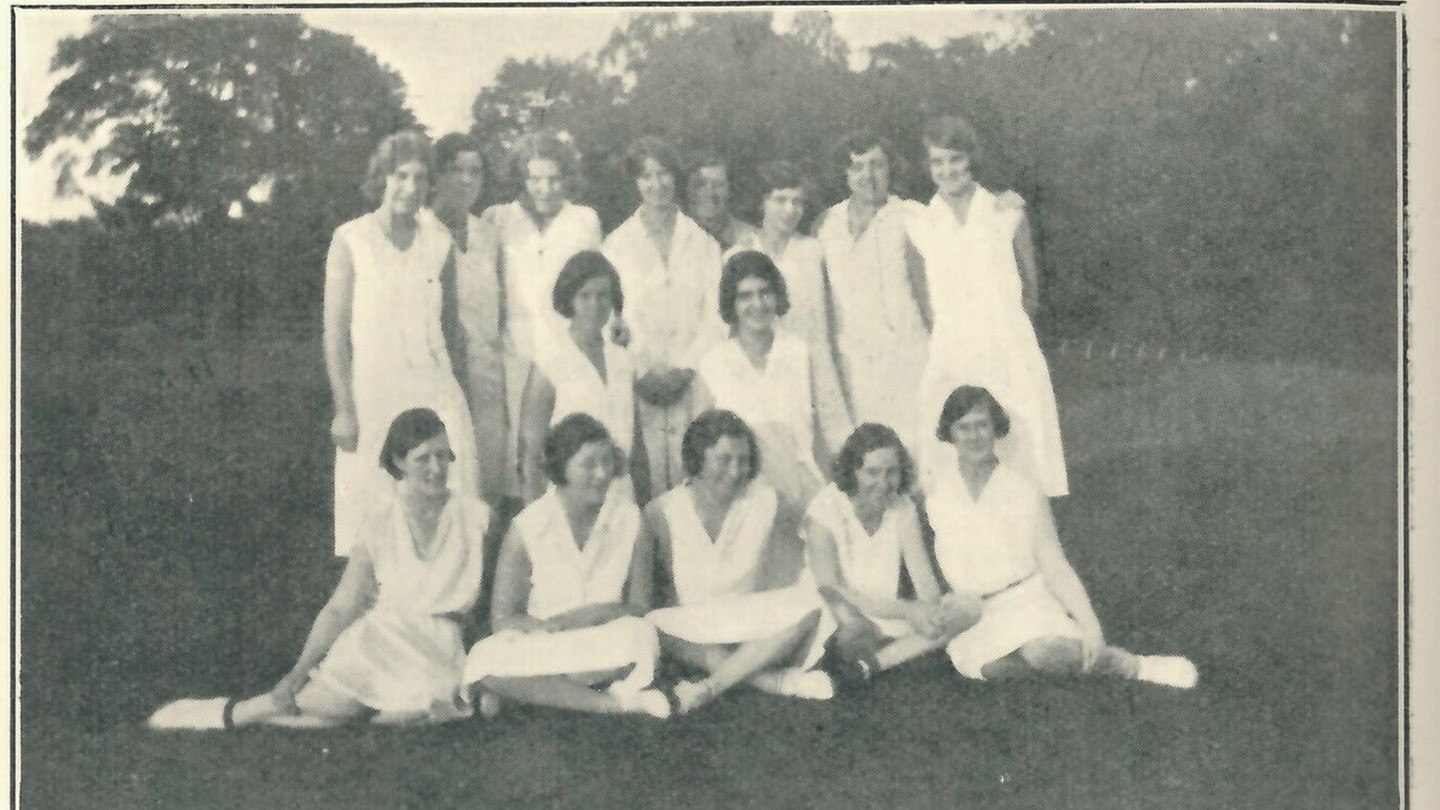
History
From the archives: the Barclays Bank Cricket Club
We delve into the archives of the Barclays Bank Cricket Club that was formed in 1919 and ran well into the 1970s, focussing on key moments in the team’s history – from the rise of its star player, bank manager “The Great Nobby”, to musings on how the “pressures of modern banking” affected play later in the 20th century.
The earliest references to cricketing activity by members of Barclays in the bank’s archives are reports of a match in 1860 between two of the oldest banks in Britain, when “the Gentlemen of Coutts & Co and the Gentlemen of Barclay & Co of Lombard Street” faced eachother on Putney Heath in south-west London.
But it wasn’t until after World War I that the club was founded in earnest. Minutes spanning 50 years of the club’s history unearthed from the Barclays’ archives – and painstakingly compiled into a ‘brief history’ in the late 1970s by the club’s former Fixture Secretary John Marriott – show that its creation was the result of officials trying to “organise and guide the staff in pursuit of outdoor activities”.
A star is born
By day, Ronald Norman Hunt was a bank manager at his local Baclays branch. But come the weekend, he was the cricket club’s star player – with the unforgettable monicker, ‘The Great Nobby’.
The club minutes note that his batting average in 1931 was an impressive 69.92. Norman went onto “win the Clayton Cup ten times in eleven years” – and was made club captain in 1934.
However, his talent was often overshadowed by more pressing club matters. The minutes emphasise that 1930 was also the period when “members were up in arms about the poor quality of the wickets at Norbury” – one of the bank’s cricket grounds – and the shock news that “club subscription has increased to a full two guineas” (about UK £130 in today’s money).

The club’s star player, R.N. ‘Nobby’ Hunt (far left), with members of the Barclays first XI in 1936
Nobby continued to captain the club until 1951, when hip trouble forced him to retire, and the records state that other members heading up the teams bowed out due to increasing work demands. For example, “Frank Wilton asked to be released from Captaincy of the 4th XI as he was now working at a very busy branch where the staff did not get away before 2pm on a Saturday!”.
Women in the club
Though the minutes are largely dominated by tales of male players, a Mrs Joan Cooper, Supervisor of the Head Office Switchboard, makes a couple of appearances. Her role involved letting players know where and when matches would take place each weekend – and as a vital part of the team, the minutes describe how “the committee voted the sum of £2.10s towards a well-deserved present” for her.
An article in the bank’s staff magazine, The Spread Eagle, also reveals one instance of women donning their whites in a rare mixed match.
In August 1930, a team made up of women from the Colmore Row branch in Birmingham and the local head office faced men from the same offices on one of the hottest days of the year at a school in the city. The men were made to bat and bowl with their left hands in a bid to make it ‘easier’ for the women.
The writer takes some satisfaction in relating how amid “enthusiastic cheers from spectators” and “despite the strenuous efforts of the ladies”, the men still won with a score of 57 for 11 wickets – a result which is no longer possible to achieve in modern cricket.

An all women’s team from the Colmore Branch, Birmingham, in 1930
The Second World War years
As World War II loomed, “several of the more stalward members of the club hung up their boots” and playing became more difficult, especially as the club’s home cricket ground in Norbury was taken over by the fire service – presumably as part of the war effort.
A small committee was formed in 1940 to try to keep two teams playing on a pitch in Ealing, London, while the annual Sussex ‘tour’ was cancelled for the foreseeable future.
“The pressures of modern life”
There is a brief gap in records during the war years, until 1947 when Marriott notes a slow-down in club activity. He attributes it to “the pressures of modern banking and life in general being much more hectic than the calm, pre-war days of the 20s and 30s.”
The minutes also reveal ill feeling about modern developments, including the new style of higher rise office blocks. The club’s Chairman, Mr Cooper, “offered a bat to any member of the club who broke a window of the new office block that had been built to overshadow the lovely ground at Norbury”.
In 1962, the club’s annual dinners moved from the Lord’s Tavern, at Lord’s Cricket Ground, to the Chatham Rooms more centrally located in Victoria. Though members missed the traditional cricket setting, they agreed that it was “very convenient for travel” – something modern Londoners will be well able to relate to.